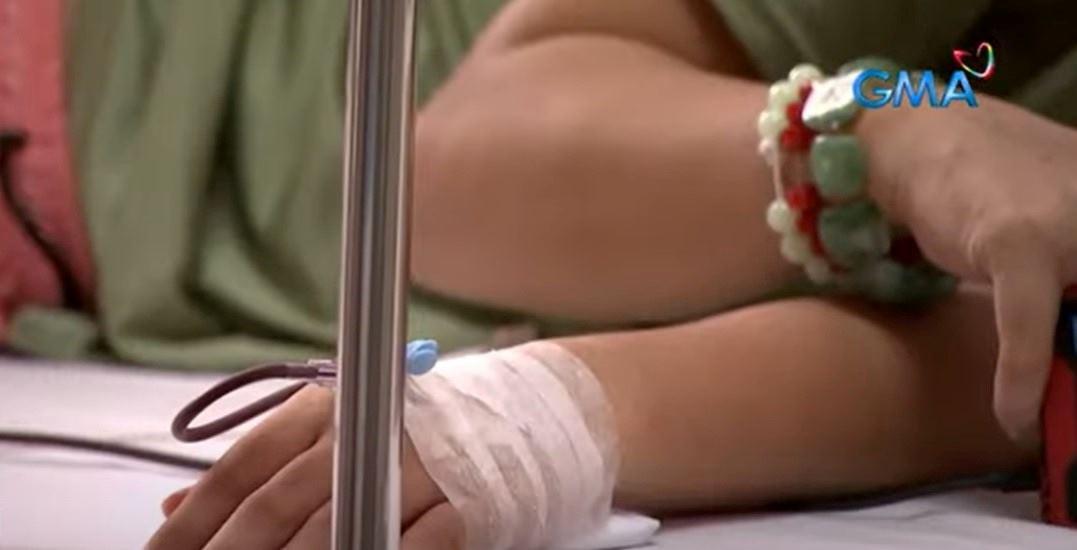Dengue, leptospirosis cases in NCR on the rise

Cases of dengue and leptospirosis in the National Capital Region (NCR) have been steadily increasing this year and may further increase in the coming weeks following the flooding brought by the recent typhoons, the Department of Health- Metro Manila Center for Health Development (DOH-MMCHD) said Tuesday.
At a press conference, Mary Grace Labayen from the DOH-MMCHD’s Regional Epidemiology and Surveillance Unit said that Metro Manila has already reached the alert threshold for dengue regionally.
Four local government units have also hit epidemic levels, namely Marikina, Quezon City, Manila, and Pateros.
“Kapag naabot ang alert threshold, nangangahulugan na mas mataas ito kaysa sa normal na mga kaso kaya kailangan nang mag-ingat at magpatupad ng mga hakbang upang hindi lumalala o kumalat ang sakit,” she explained.
(When the alert threshold is reached, it means that the number of cases is higher than normal so it is necessary to be cautious and implement measures so that the disease does not worsen or spread.)
A total of 24,232 dengue cases were recorded in the NCR from January 1 to October 26, 2024—about 34% higher than the 18,020 cases logged during the same period last year.
Sixty-six individuals in NCR also reportedly died due to dengue so far in 2024.
Most of the dengue cases in the region belonged in the 5 to 9 years age group, majority of them were male.
Quezon City also logged the most dengue cases at 6,208. Pateros, meanwhile, had the highest attack rate.
“Ang attack rate ay ang porsyento ng mga tao sa isang grupo o lugar na nagkasakit sa loob ng isang tiyak na panahon. Sa madaling salita, ito ang dami ng mga nagkasakit kumpara sa kabuuang populasyon na posibleng maapektuhan. Nagbibigay ito ng ideya kung gaano kalaganap o kabilis kumalat ang isang sakit sa isang partikular na populasyon o lugar,” Labayen said.
(Attack rate is the percentage of people in a group or area who become sick during a certain period of time. It is the number of people who get sick compared to the total population that is potentially affected. It gives an idea of how widespread or fast a disease has been transmitted in a particular population or area.)
The DOH has been reminding the public to practice the 4S strategy against dengue: Search and destroy breeding places; Secure self-protection; Seek early consultation; and Support fogging or spraying in hotspot areas, especially during the rainy season.
Leptospirosis
When it comes to leptospirosis, Labayen said that Metro Manila remains below the alert threshold, but five local government units have reached epidemic levels: Caloocan, Quezon City, Navotas, Pasay, and Taguig.
A total of 2,734 leptospirosis cases were reported in NCR so far this year—-a 90% increase from last year’s 1,432.
There were 216 people who also died in the region due to the disease, posing a 7.90% case fatality rate.
Most cases were also from Quezon City at 655, while Malabon City had the highest attack rate.
The leptospirosis cases also mostly belonged in the 55 to 59 age group, and majority of them were male.
The incubation period of leptospirosis may range from 2 to 30 days, usually showing symptoms around 1 to 2 weeks after exposure to contaminated flood waters.
Heavy rains, floods
Labayen said that with the heavy rains and flooding caused by Severe Tropical Storm Kristine and Super Typhoon Leon, cases of both dengue and leptospirosis in NCR are expected to further rise in the next weeks to come.
“Ang dengue at leptospirosis ay nagbibigay diin sa pangangailangan para sa intensified public health interventions para mapigilan ang pagtaas ng bilang ng kaso, mabawasan ang pagkamatay, at pababain ang transmission sa community,” she said.
(Dengue and leptospirosis emphasize the need for intensified public health interventions to prevent the increase in the number of cases, reduce mortality, and reduce transmission in the community.) — RSJ, GMA Integrated News




